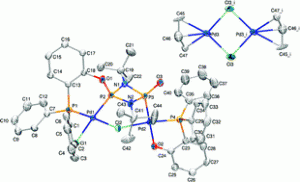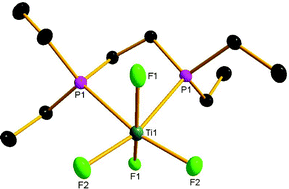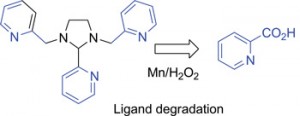In this paper Maravanji S. Balakrishna and colleagues from India and the USA report the first examples of cyclodiphosphazane-derived phosphine ligands and their transition metal chemistry. The chemistry of cyclodiphosphazanes has received considerable interest recently due to their utility as ligands towards both main group and transition elements, building blocks in macrocyclic chemistry, mechanistic probes for organic reactions, and catalytic and biological applications. Find out more in this Dalton Transactions ‘Hot Article’.
 Transition metal chemistry of cyclodiphosphanes containing phosphine and amide-phosphine functionalities: Formation of a stable dipalladium(II) complex containing a Pd–P σ-bond.
Transition metal chemistry of cyclodiphosphanes containing phosphine and amide-phosphine functionalities: Formation of a stable dipalladium(II) complex containing a Pd–P σ-bond.
Maravanji S. Balakrishna, Ramalingam Venkateswaran and Joel T. Mague
Dalton Trans., 2010, Advance Article
DOI: 10.1039/C0DT00614A, Paper
READ FOR FREE! Until the 11th November.











![DT-1 Computational study of ethene hydroarylation at [Ir(κ2-OAc)(PMe3)Cp]+](https://blogs.rsc.org/dt/files/2010/10/DT-1-300x111.jpg)
 A symmetry-controlled and face-driven approach for the assembly of cerium-based molecular polyhedra
A symmetry-controlled and face-driven approach for the assembly of cerium-based molecular polyhedra Taking TiF4 complexes to extremes – the first examples with phosphine co-ligands
Taking TiF4 complexes to extremes – the first examples with phosphine co-ligands 

